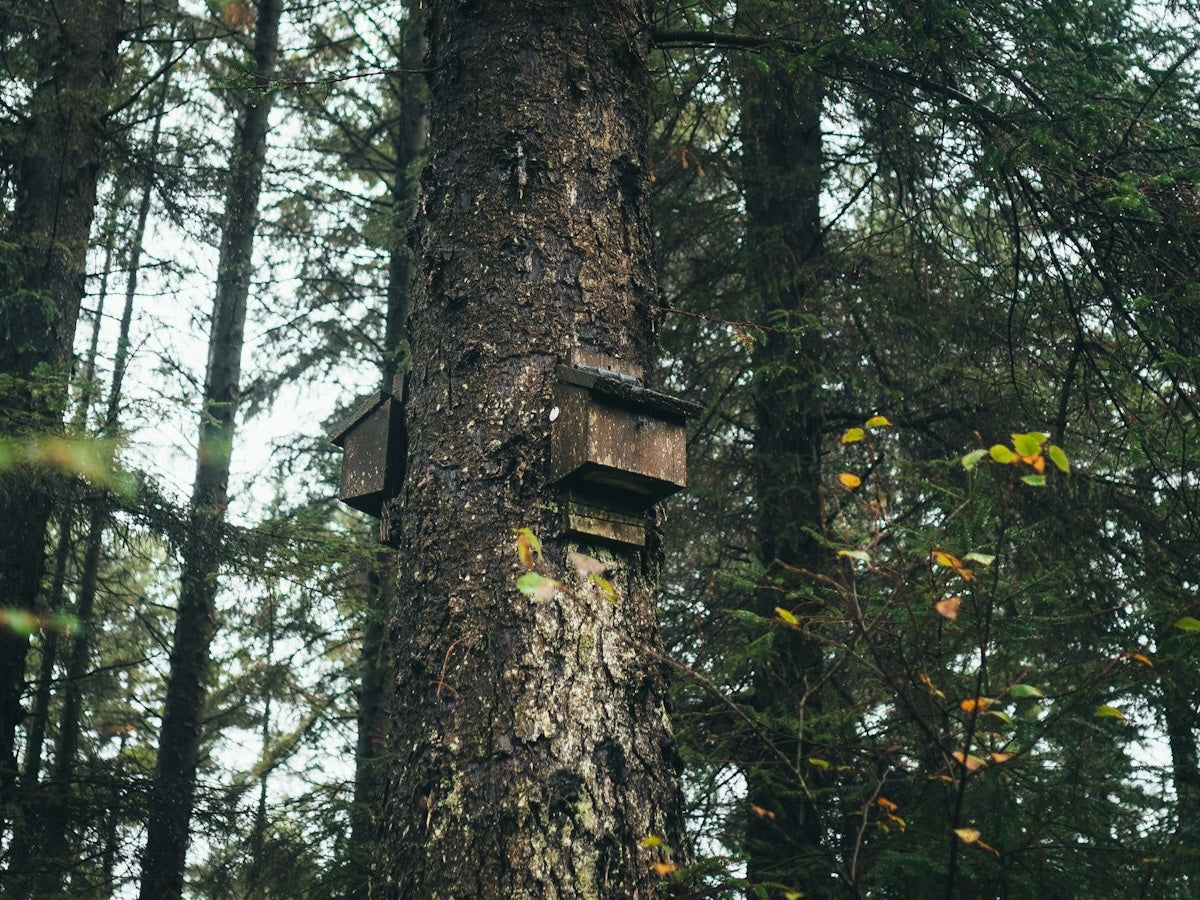However, we can transform our outdoor spaces into a safe haven for bats. As part of our Earth Month initiative, we outlined a few ways you can help bats find the resources they need to thrive, even in urban environments.
Plant Native Flowers and Shrubs
Research native plants in your area, and pick up a few that bloom at different times of the year next time you're at the nursery. This provides a continuous food source for bats, and spring blooming plants help them emerge from their winter hibernation. Summer and fall blooming plants help sustain bats as they prepare for winter.
Avoiding pesticides and herbicides is crucial, since they harm bats and their food—insects. Try to use the “companion planting strategy” to deter pests—like planting marigolds alongside vegetables to repel insects.
Building a Bat Bathing Area
Access to water is crucial for bats, especially during a hot and dry day. Bats need water like us to stay hydrated. By adding a shallow pool to your space, you can offer bats a convenient and safe place to drink and even hunt for insects. Use smooth, flat rocks or include branches in the design to provide additional perching and resting opportunities for bats while they drink. Just make sure to avoid deep water.
Creating a Bat Box
If you've ever seen a birdhouse, it won’t be hard for you to imagine a bat box. Bat boxes mimic tree hollows, caves, and the eaves of buildings and consist of a tall, narrow wooden box with an interior divided into multiple compartments. They are commonly made from untreated wood, such as cedar, which is durable and resistant to decay.
Bats stay inside during the day and when it's cold. They are social animals that often "roost" in colonies. A well-designed bat box can attract a colony, creating a sort of communal living space. Your bat box may vary depending on the species of bats in the area and local climate conditions.
Position your bat boxes where there's minimal human activity and disturbance. Choose the edges of wooded areas or along the eaves of buildings to protect bats from predators and harsh weather conditions. Bats need unobstructed access to the bat box, so avoid placing it near branches, wires, or other obstacles that could impede their flight.
Bat boxes should be mounted high above the ground to prevent easy access for predators and to give bats a clear flight path. Some bats prefer higher roosts in trees, while others prefer lower structures or buildings. Keep them accessible for regular cleaning and repairing. This will keep it in good condition and attractive as a home for bats.

Wildlife Watch created this step-by-step guide on how to make a bat box.
Other Ways You Can Help:
Opt for energy-efficient outdoor lighting options, such as shielded lights and motion sensors. These choices not only reduce light pollution but also minimize the risk of bats falling prey to predators, creating a safer environment for them.
Spread awareness about the importance of bats and the challenges they encounter. By educating others, you can inspire collective action to safeguard and preserve bat populations.
This year, you can directly support bat conservation efforts by purchasing our Limited Edition Fig razors. A portion of the sales will be donated to Bat Conservation International to contribute to their vital work in protecting these bats and their habitats.








